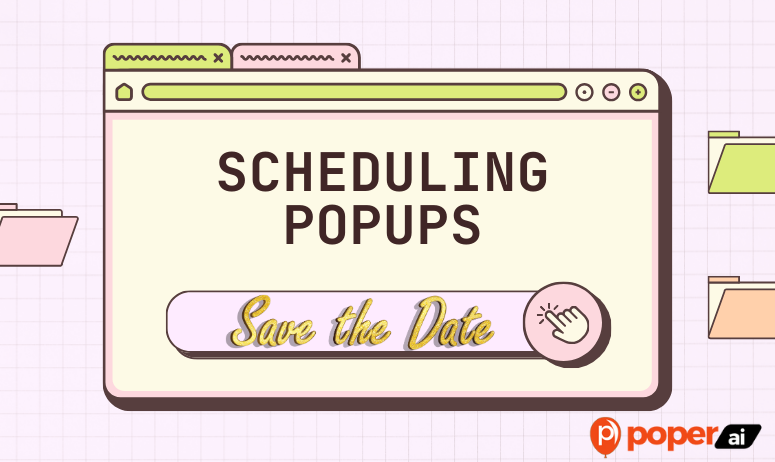In today's digital landscape, the ability to effectively engage website visitors is paramount. Scheduling popups strategically can significantly enhance user interaction and drive desired actions. According to marketing experts, "timing is everything," and this is particularly true for popups. When implemented correctly, scheduled popups can boost conversions, reduce bounce rates, and improve overall user experience.
There are several techniques to schedule popups, each designed to target specific user behaviors and preferences. These techniques include time-based scheduling, event-based triggers, user behavior triggers, and frequency capping. By understanding and utilizing these methods, marketers can create a seamless and engaging experience for their audience.
Understanding Popup Scheduling
What is Popup Scheduling?
Popup scheduling refers to the practice of displaying popups at specific times or under certain conditions to maximize their effectiveness. Unlike random or constant popups, scheduled popups are designed to appear based on user behavior, timing, or specific events, making them more relevant and less intrusive.
Benefits of Scheduling Popups
Enhanced User Engagement: Scheduled popups are more likely to capture users' attention when they are most receptive, leading to higher engagement rates.
Improved Conversion Rates: By targeting users at the right moment, scheduled popups can significantly boost conversion rates, whether it's for capturing email addresses, promoting special offers, or encouraging event registrations.
Reduced Annoyance for Users: Properly scheduled popups reduce the risk of annoying users, as they are more contextually relevant and less disruptive to the browsing experience.
4 Types of Scheduled Popups
1. Time-Based Popups

Time-based popups are set to appear after a user has spent a specific amount of time on a page. This method ensures that the popup appears when the user is likely to be more engaged with the content.
2. Event-Based Popups
Event-based popups trigger based on specific actions taken by the user, such as clicking a button, reaching the end of an article, or hovering over a particular element. These popups are highly targeted and can drive specific user actions.
3. User Behavior-Based Popups
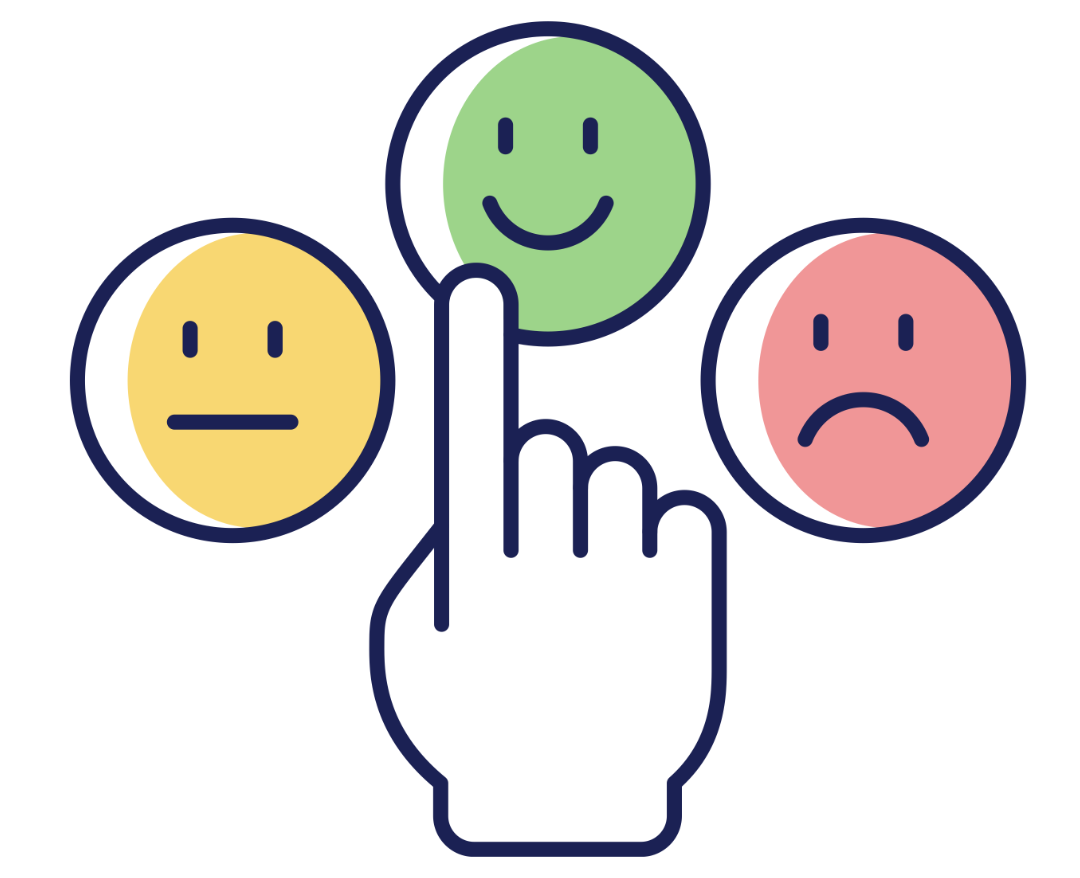
These popups appear based on user behavior patterns, such as exit intent (when a user is about to leave the site), scroll depth, or inactivity. By responding to user behavior, these popups can re-engage visitors and reduce bounce rates.
4. Frequency Capping Popups
Frequency capping limits the number of times a popup is shown to the same user, ensuring that visitors are not overwhelmed by repeated messages. This method enhances the user experience and prevents popup fatigue.
Designing Effective Scheduled Popups
Crafting Compelling Headlines
A compelling headline is crucial for capturing the user's attention. Ensure that your headlines are clear, concise, and convey a strong value proposition.
Importance of Visual Appeal
Visual appeal plays a significant role in the effectiveness of your popup. Use high-quality images, videos, and design elements to make your popup stand out and attract attention.
Keeping Messages Clear and Concise
Avoid cluttering your popup with too much information. Keep your message clear and to the point, focusing on the main action you want the user to take.
Using High-Quality Images and Videos
High-quality visuals can significantly enhance the effectiveness of your popup. Use images and videos that are relevant to your message and resonate with your audience.
4 Best Practices for Scheduling Popups
1. Timing Strategies for Maximum Impact
One of the most critical aspects of scheduling popups is timing. Timing strategies can make or break the effectiveness of your popup campaigns. Popups should appear when the user is most engaged and likely to take action. For example, displaying a popup after a user has spent a certain amount of time on the page or after scrolling down to a specific section can significantly increase engagement rates.
2. Optimizing Frequency and Duration
To avoid annoying your visitors, it's essential to optimize the frequency and duration of your popups. Implement frequency capping to limit how often a user sees a popup. For instance, showing a popup only once per session or per day can prevent fatigue. Additionally, ensure that the duration of the popup display is long enough for users to read and respond but not so long that it becomes intrusive.
3. Balancing Engagement and Intrusiveness
Finding the right balance between engagement and intrusiveness is key. Non-intrusive popups that provide value to the user are more likely to succeed. Use subtle animations and exit intent popups to capture attention without disrupting the user experience. Ensure the popup's design and message align with the user's journey and expectations.
4. Testing and Iteration for Improvement
Continuous testing and iteration are crucial for optimizing popup performance. Conduct A/B tests to compare different popup designs, messages, and timing strategies. Analyze the results to determine which variations perform best and implement changes accordingly. Regular testing ensures that your popups remain effective and relevant over time.
Advanced Scheduling Techniques
Dynamic Content in Scheduled Popups
Using dynamic content in scheduled popups can enhance personalization and relevance. Dynamic popups change their content based on user behavior, preferences, or demographic information. This approach can significantly increase engagement rates and conversions by providing users with tailored messages that resonate with their interests and needs.
Using AI for Intelligent Scheduling
Artificial Intelligence (AI) can be a powerful tool for intelligent scheduling. AI algorithms analyze user data to determine the best times and conditions for displaying popups. By leveraging AI, you can ensure that your popups are shown at the optimal moment, maximizing their impact and effectiveness.
Integrating Scheduling with Marketing Automation Tools
Integrate your popup scheduling with marketing automation tools to streamline your marketing efforts. Tools like email marketing platforms, CRM systems, and analytics tools can work together with your popup scheduler to create a cohesive marketing strategy. This integration allows for more precise targeting and better tracking of user interactions across multiple channels.
Scheduling Popups with Poper
Creating a New Popup
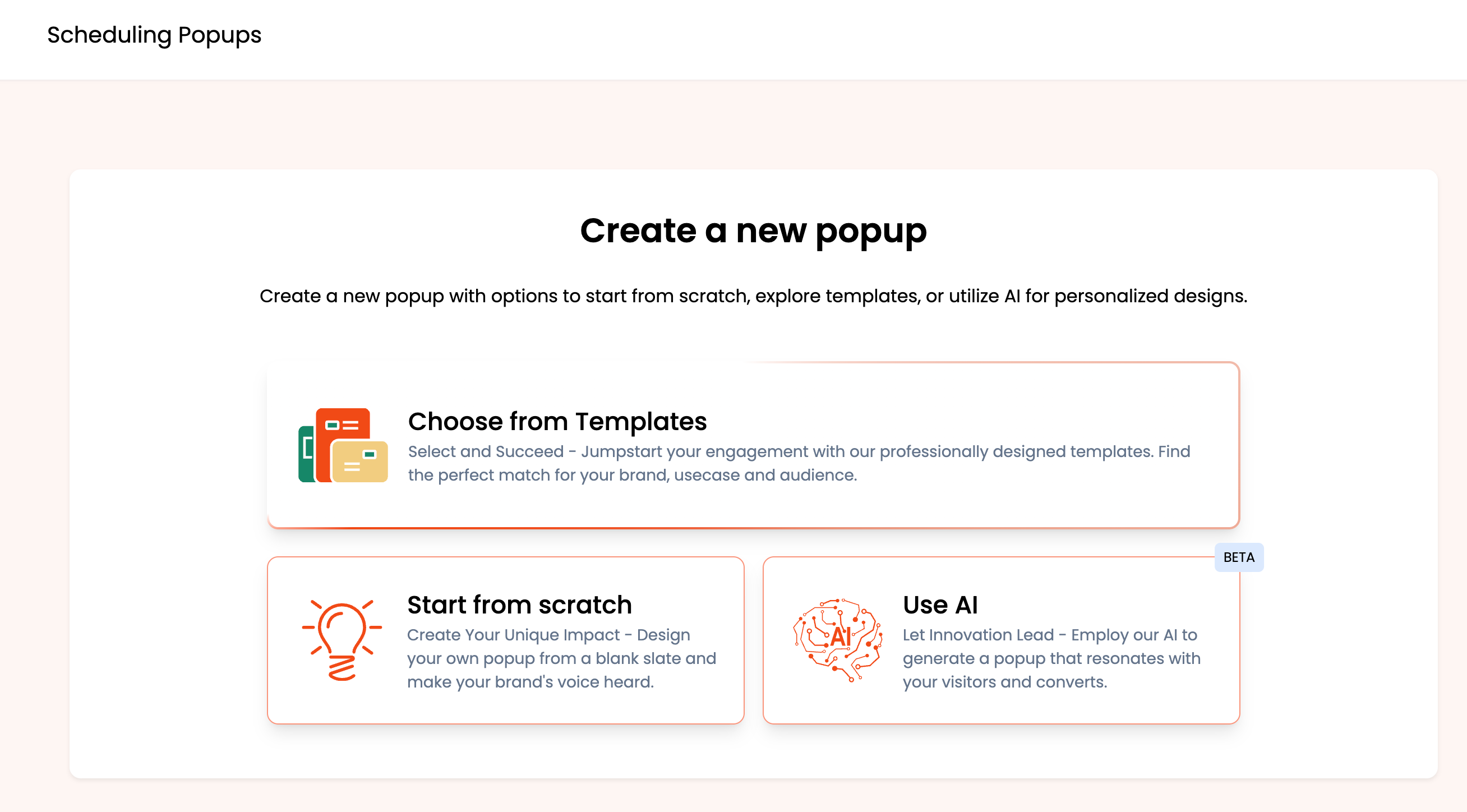
To start scheduling popups in Poper, navigate to the Poper dashboard and click on "+ New Popup". Here, you have three options to create a popup:
Choose from Templates: Select from professionally designed templates to quickly create a popup that matches your brand's aesthetics.
Start from Scratch: Design a custom popup from the ground up to perfectly fit your unique needs.
Use AI: Utilize Poper's AI capabilities to generate personalized popup designs that resonate with your audience.
Selecting a Template
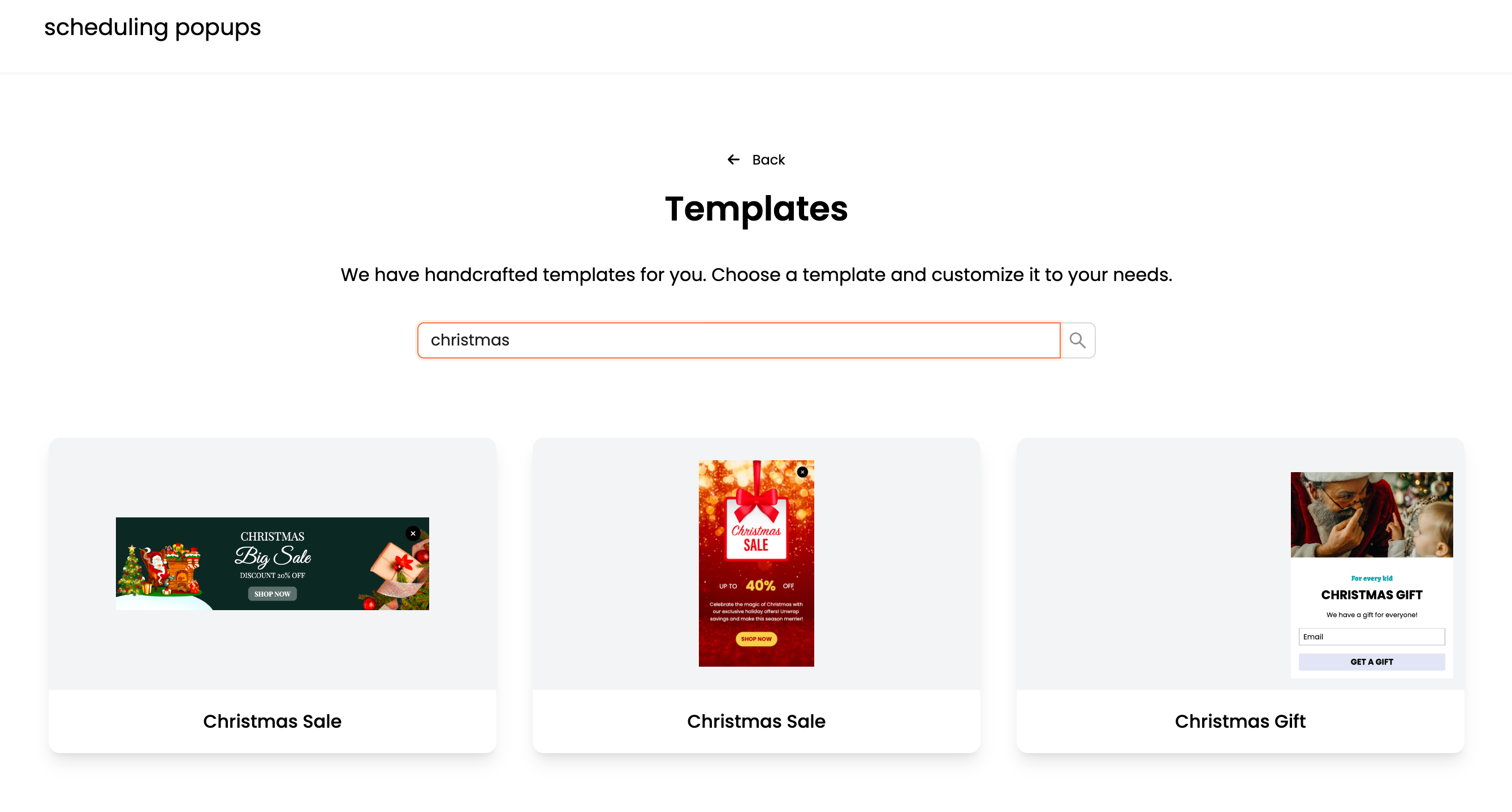
For instance, if you’re preparing for a Christmas event, search for "Christmas" in the template section. Choose a suitable template from the available options such as "Christmas Sale" or "Christmas Gift."
Customizing Your Popup
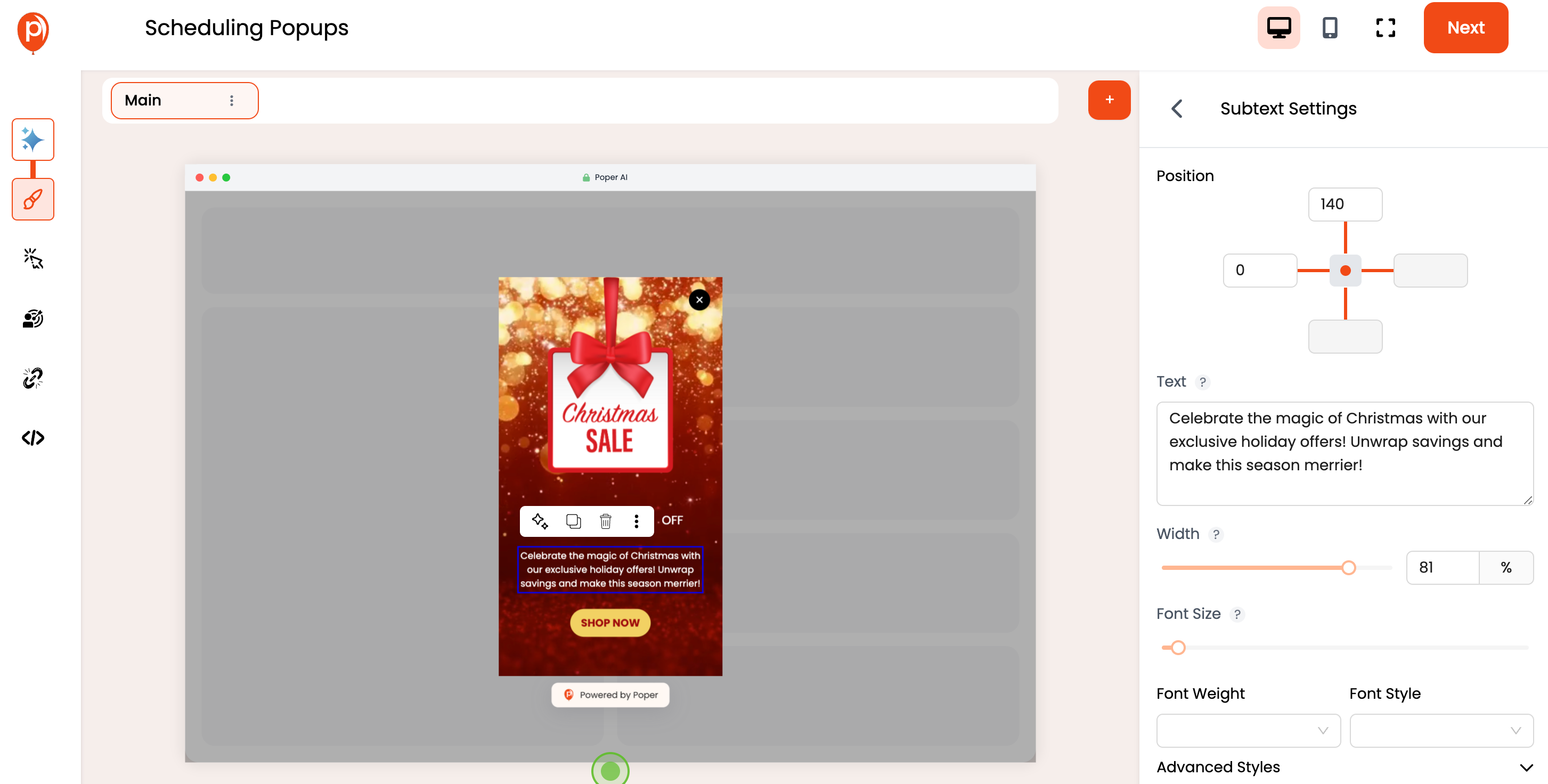
Once you've chosen a template, customize it to match your event’s theme. Adjust text, images, and other elements to create a visually appealing popup. Make sure to craft compelling headlines and use high-quality images to attract your audience's attention.
Setting Display Triggers

Define when and where your popup will appear by configuring display triggers. Options include displaying the popup after a set time, on scroll, inactivity, exit intent, or on specific actions like clicks or hovers.
Scheduling Your Popup
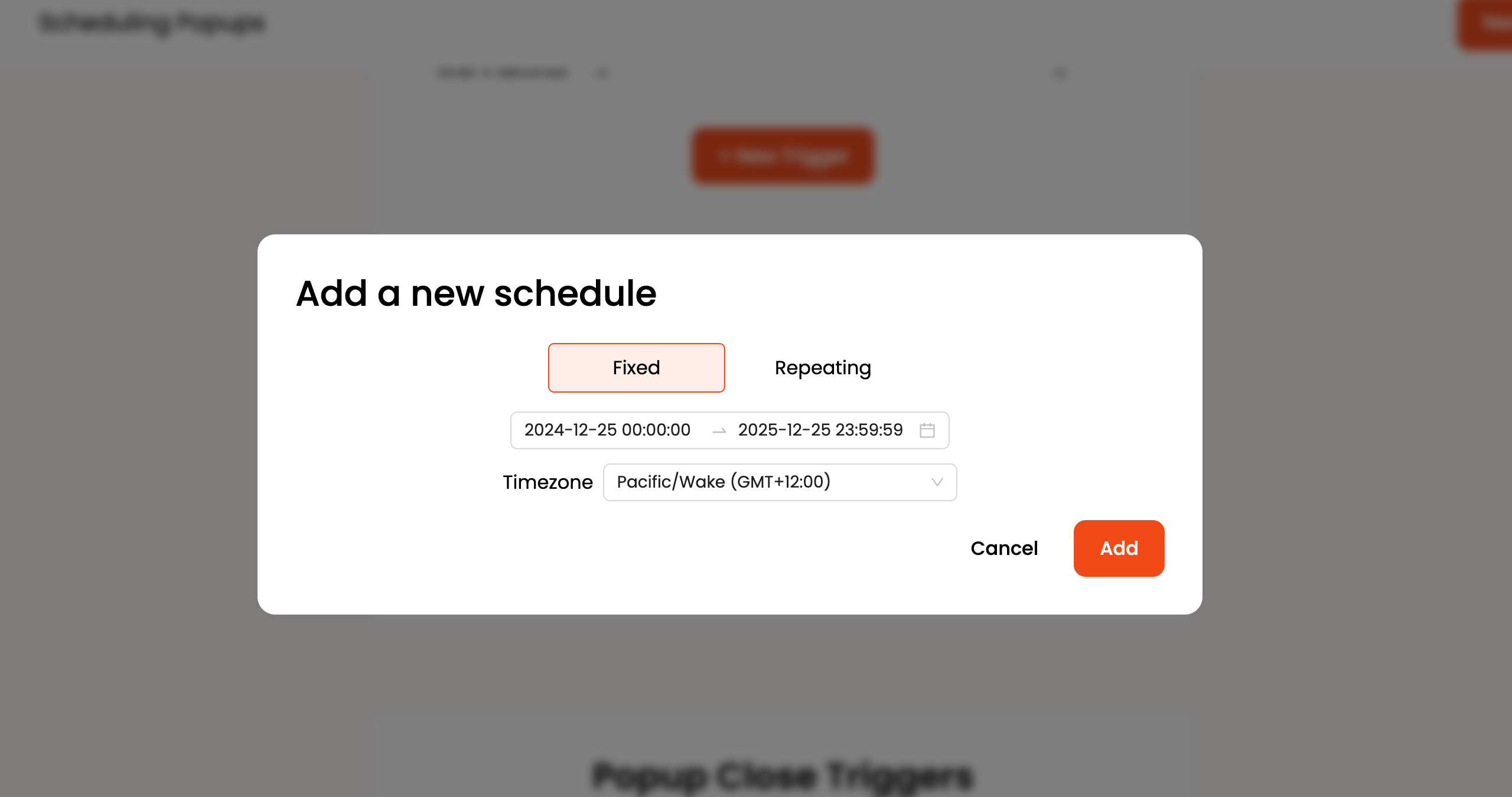
To schedule your popup, click on "+ Add Schedule" and select either a fixed or repeating schedule. Set the start and end dates along with the timezone. This ensures your popup appears at the optimal time for maximum engagement.
Preview and Publish
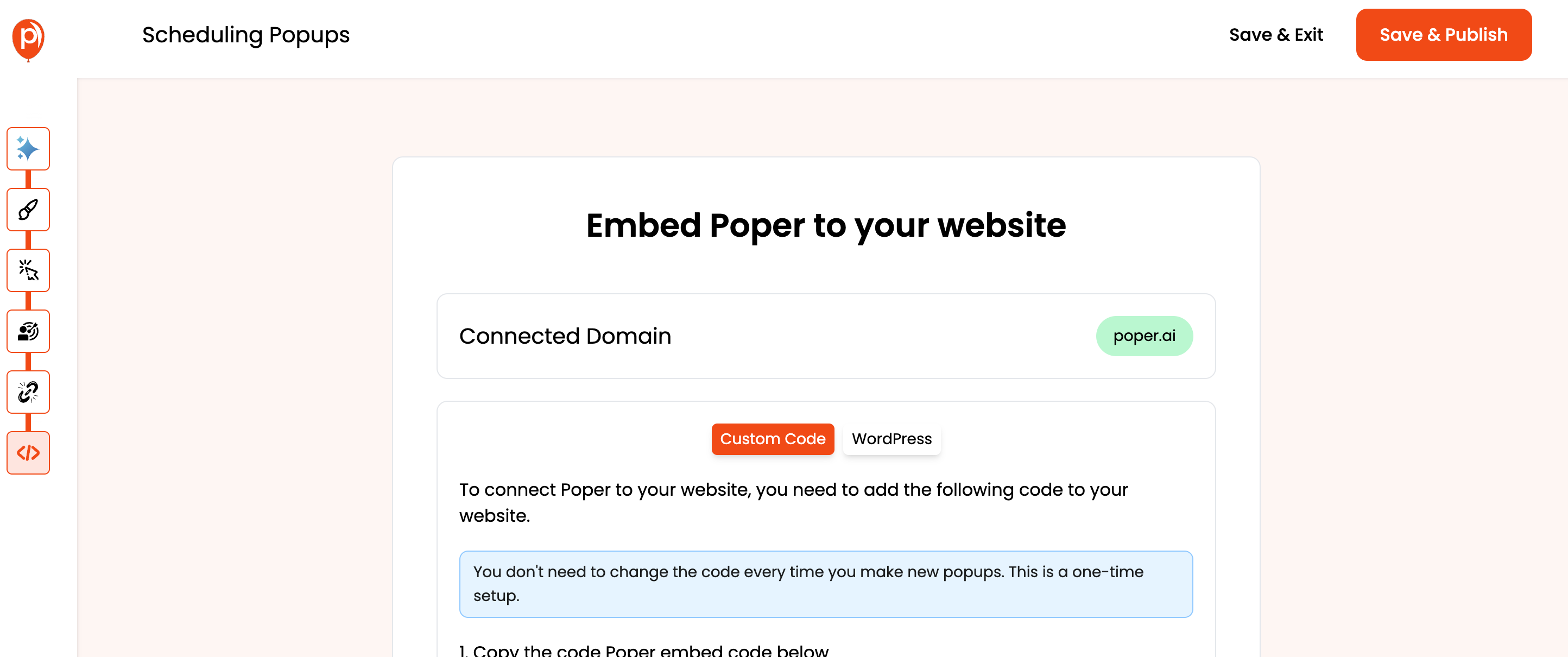
Before going live, preview your popup to ensure it functions correctly. Once satisfied, click "Save & Publish" to embed the popup on your website.
By following these steps, you can effectively schedule popups using Poper to enhance user engagement and drive event registrations.
Customizing Popups for Specific Events
Poper allows you to customize popups for specific events such as webinars, sales, or special promotions. Use the scheduling and targeting features to ensure your popups reach the right audience at the right time.
Analyzing the Performance of Scheduled Popups
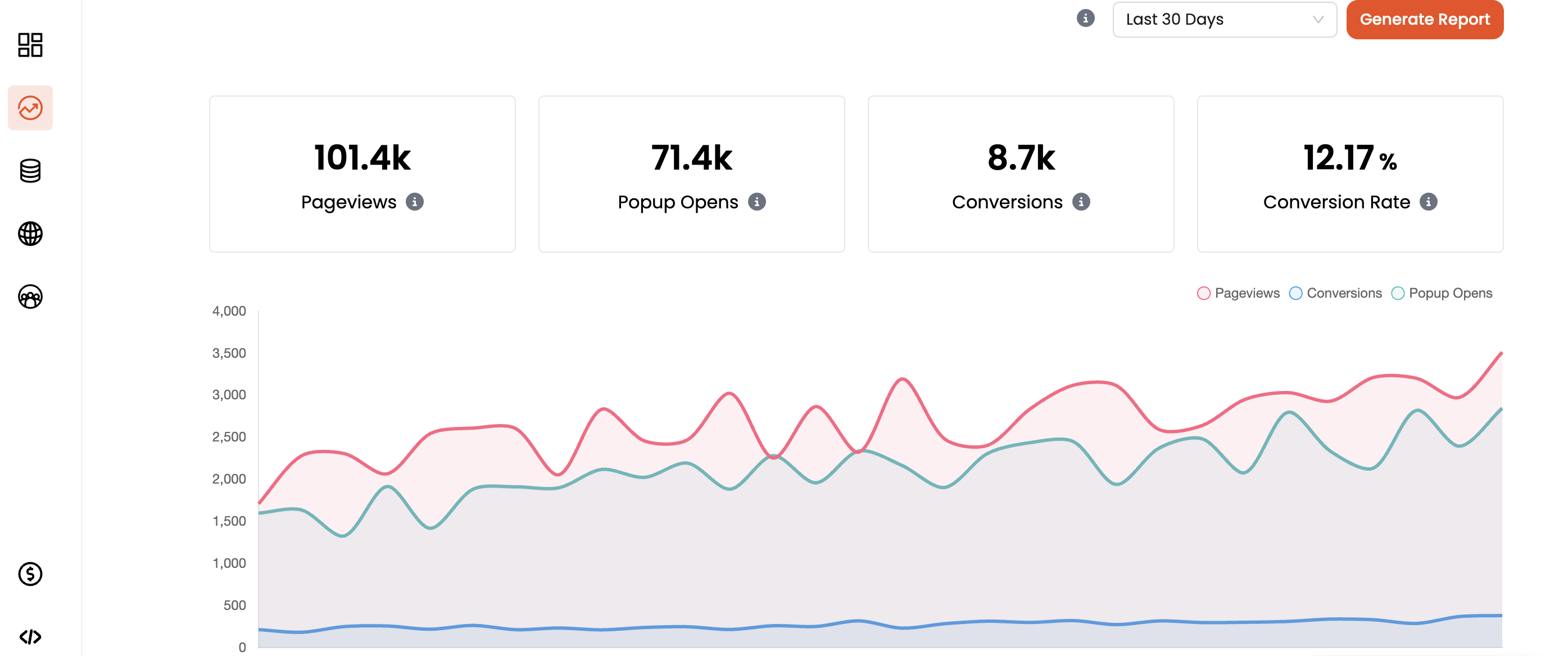
Key Metrics to Track
To measure the success of your scheduled popups, track key metrics such as conversion rate, engagement rate, and exit rate. These metrics provide insights into how well your popups are performing and where improvements can be made.
Using Analytics for Performance Improvement
Utilize analytics tools to gain deeper insights into user behavior and popup performance. Tools like Google Analytics and Poper's built-in analytics can help you understand what works and what doesn't, allowing for continuous improvement of your popup campaigns.
Frequently Asked Questions (FAQs)
What are the benefits of scheduling popups?
Scheduling popups ensures that your messages reach visitors at the most opportune times, increasing the likelihood of engagement and conversions. It also helps in managing the frequency and timing of popups to avoid annoying users.
How can I ensure my scheduled popups are effective?
To ensure effectiveness, design compelling and visually appealing popups, target the right audience, and use A/B testing to refine your strategies. Monitoring key performance metrics will also help you identify areas for improvement.
What are the best tools for scheduling popups?
Popular tools for scheduling popups include Poper, OptinMonster, and Sumo. These tools offer advanced features like targeting options, analytics, and A/B testing capabilities.
How can I integrate scheduled popups with my marketing strategy?
Integrate scheduled popups with your overall marketing strategy by aligning them with your campaign goals, using them in conjunction with email marketing, social media promotions, and other marketing channels. Ensure that the messaging is consistent across all platforms.
How often should I update my popup scheduling strategy?
Regularly updating your popup scheduling strategy is crucial to maintaining its effectiveness. Review and adjust your strategy based on performance data, user feedback, and changes in your marketing goals or target audience.
Conclusion
Scheduled popups are a powerful tool for enhancing user engagement and improving conversion rates. By implementing strategic timing, optimizing design, and continuously refining your approach, you can maximize the impact of your popups.
Poper offers a comprehensive suite of features for scheduling and customizing popups, making it an ideal choice for businesses looking to improve their popup strategies. With its user-friendly interface and advanced targeting options, Poper can help you create effective and engaging popups.


